The haul includes a particular standout: a likely planet that orbits the star HD 73344, which would be the brightest planet host ever discovered by the mission
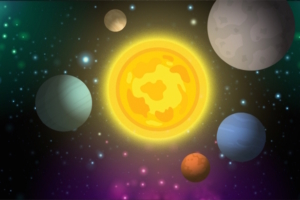 Space Exploration
Space Exploration

 Space Exploration
Space Exploration
The haul includes a particular standout: a likely planet that orbits the star HD 73344, which would be the brightest planet host ever discovered by the mission
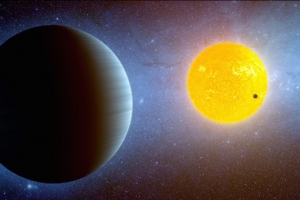 News
News
Astronomers and geoscientists have joined forces using data from the Sloan Digital Sky Survey (SDSS) to find out what makes a rocky planet Earth-like
 News
News
Rapidly spinning stars that produce X-rays at more than 100 times the peak levels ever seen from the Sun have been discovered
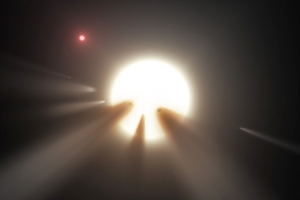 News
News
KIC 8462852 has been raising eyebrows both in and outside of the scientific community for the past year
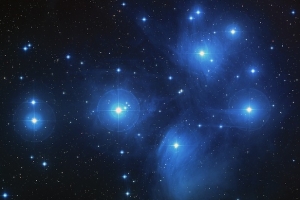 News
News
Astronomers have long wondered what determines the rotation rates of these stars
 News
News
The exoplanets are nestled close to their star, orbiting in a unique resonance that has been locked in for billions of years
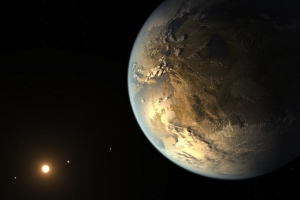 News
News
As we find more alien worlds, it’s possible to work out whether any other advanced life has ever existed
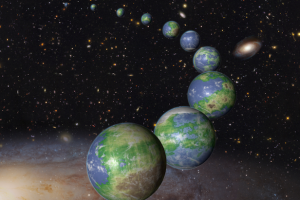 News
News
According to a new theoretical study, when our Solar System was born 4.6 billion years ago, only eight per cent of the potentially habitable worlds that will ever form in the universe existed
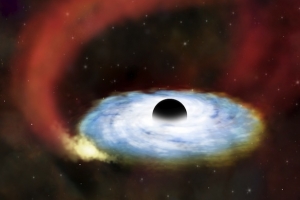 News
News
A previously unknown link between the way young stellar objects grow and the way black holes feast on their surroundings has been discovered
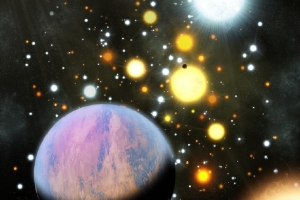 News
News
Data from NASA’s troubled Kepler Space Telescope has revealed more evidence that planets can survive in chaotic and hostile environments thanks to its discovery of two new worlds sneaking across their stars in a star cluster.
 News
News
Dr. Steve Howell explains why Kepler’s life is in the balance, but insists that our days of searching for exoplanets have only just begun.